3-Hours Central Park Pedicab Tour
3-Hours Central Park Pedicab Tour
- This tour will take you past some impressive and unforgettable landmarks, including the Conservatory Garden, Waterfall, and North Woods. It will allow you to experience the vibrant beauty of the Big Apple’s glittering gem, Central Park, up close and personal.
- You’ll be able to drink in the wonders of the northern section of Central Park, which is incredibly tranquil, lush, and quiet. Since this part of Central Park is hard for most tourists to get to, this makes it the ultimate getaway for those who want to enjoy the park in a more restful and reflective manner.
- Your tour will last for a full three hours and you’ll get to experience the city’s “museum mile” while your driver peddles you close to ritzy and historic Fifth Avenue! You’ll pass by some of the world’s premier museums.
- Our drivers/guides know everything about Central Park and the Big Apple in general, so you’ll come away from our tour with new knowledge which makes your NYC getaway much more enriching and memorable.
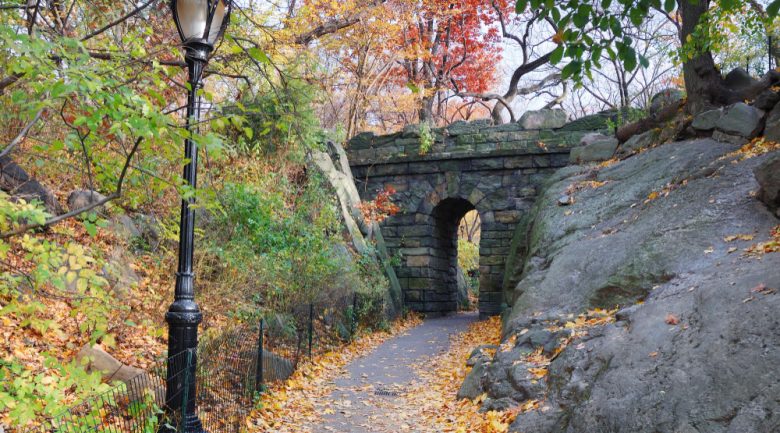
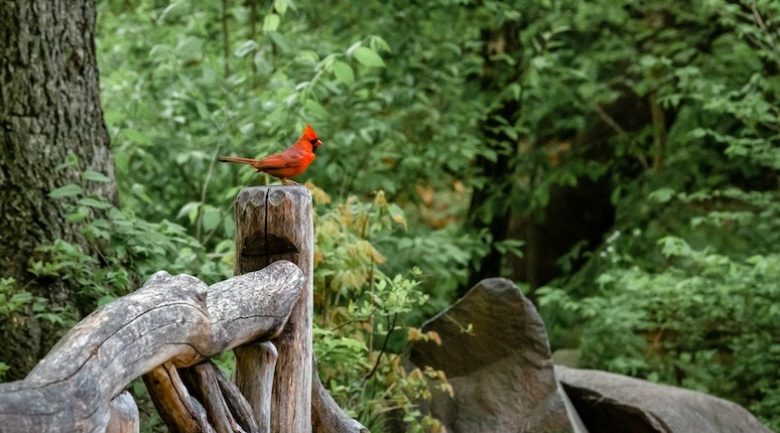
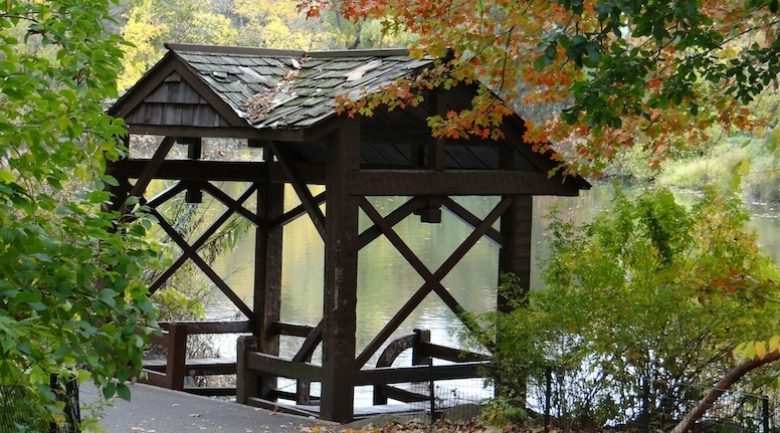
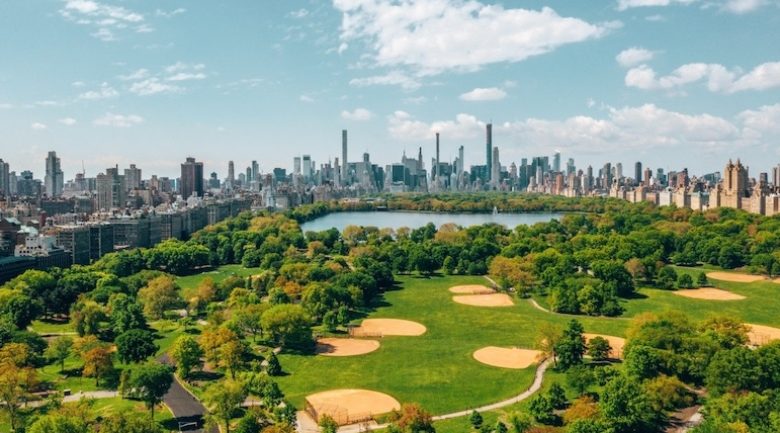
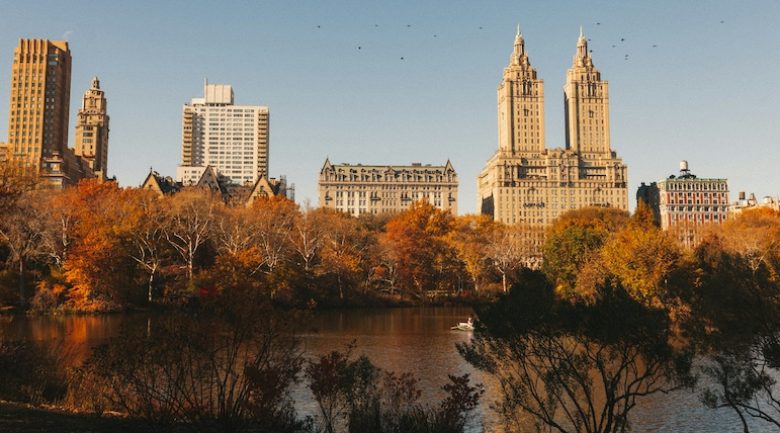
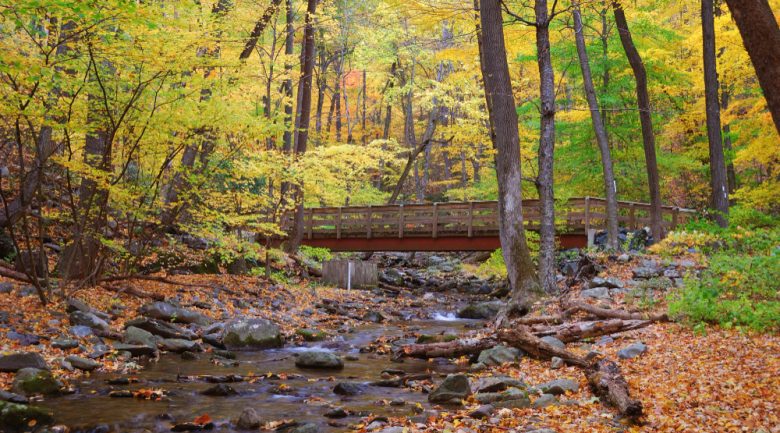
Tour Details and Stops
The 3-Hour Tour includes twelve stops, each lasting approximately 5 minutes. During these stops, you have the opportunity to explore major sights up close at your own pace. If you prefer not to stop and explore, the tour will take around 2 hours. In such cases, the 2-Hour Tour or 1-Hour Tour might be more suitable for you. Please note that some stops involve walking uphill or taking stairs. The 3-Hour Tour is only available during the warmer months. It includes all stops from both the 1-Hour Tour and the 2-Hour Tour, in addition to the following extra stops:
Conservatory Garden (Stop 9)
Garden is a hidden gem boasting six acres of meticulously landscaped gardens inspired by French, Italian, and English styles.
Harlem Meer (Stop 10)
It’s named after the Dutch word for “lake,” reflecting the area’s early Dutch settlers.
Glen Span Arch (Stop 11)
The arch’s rustic design, with its rough-hewn stones and naturalistic setting, perfectly complements the surrounding landscape, creating a serene and picturesque spot.
North Woods (Stop 12)
This woodland area features dense forests, rocky outcrops, and flowing streams, including the Loch, a man-made stream that winds through the woods.
$150 Per Adult

$105 per child
Local experts
Personal stories and insider travel tips
Top-rated
Thousand of reviews averaging 4.98 stars
Worry-free booking
Flexible scheduling and refunds
3 Hour Central Park Pedicab Tour Itinerary
It includes all the sights from the 2-Hour Tour, plus the following sights:
Solomon R. Guggenheim Museum
Fred Lebow Statue
National Academy of Design Museum (Pass By)
Convent of the Sacred Heart
North Meadow
Harlem
Conservatory Garden
The Ravine
North Woods
Glen Span Arch
The Loch
Seneca Village
Upper West Side
Tour Ends 1411 6th Avenue (In front of Starbucks)
$150 Per Adult

$105 per child
Local experts
Personal stories and insider travel tips
Top-rated
Thousand of reviews averaging 4.98 stars
Worry-free booking
Flexible scheduling and refunds
More Tours
2 HOURS CENTRAL PARK PEDICAB TOUR
3 HOURS CENTRAL PARK PEDICAB TOUR
CENTRAL PARK MOVIE LOCATIONS & CELEBRITY HOMES TOUR
GOSSIP GIRL PEDICAB TOUR
MIDTOWN TOUR
CHRISTMAS LIGHTS TOUR
1 HOUR CENTRAL PARK PEDICAB TOUR
